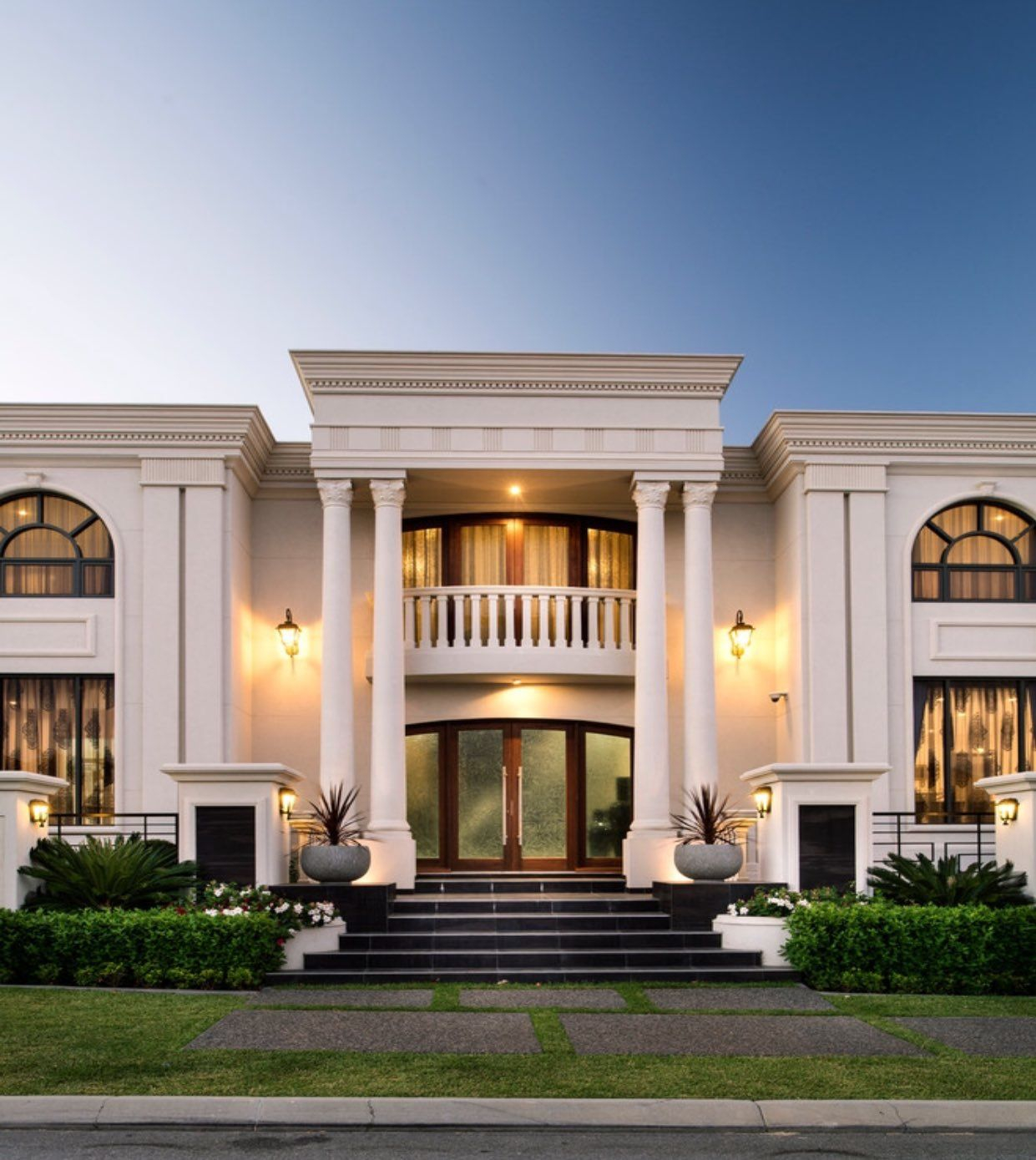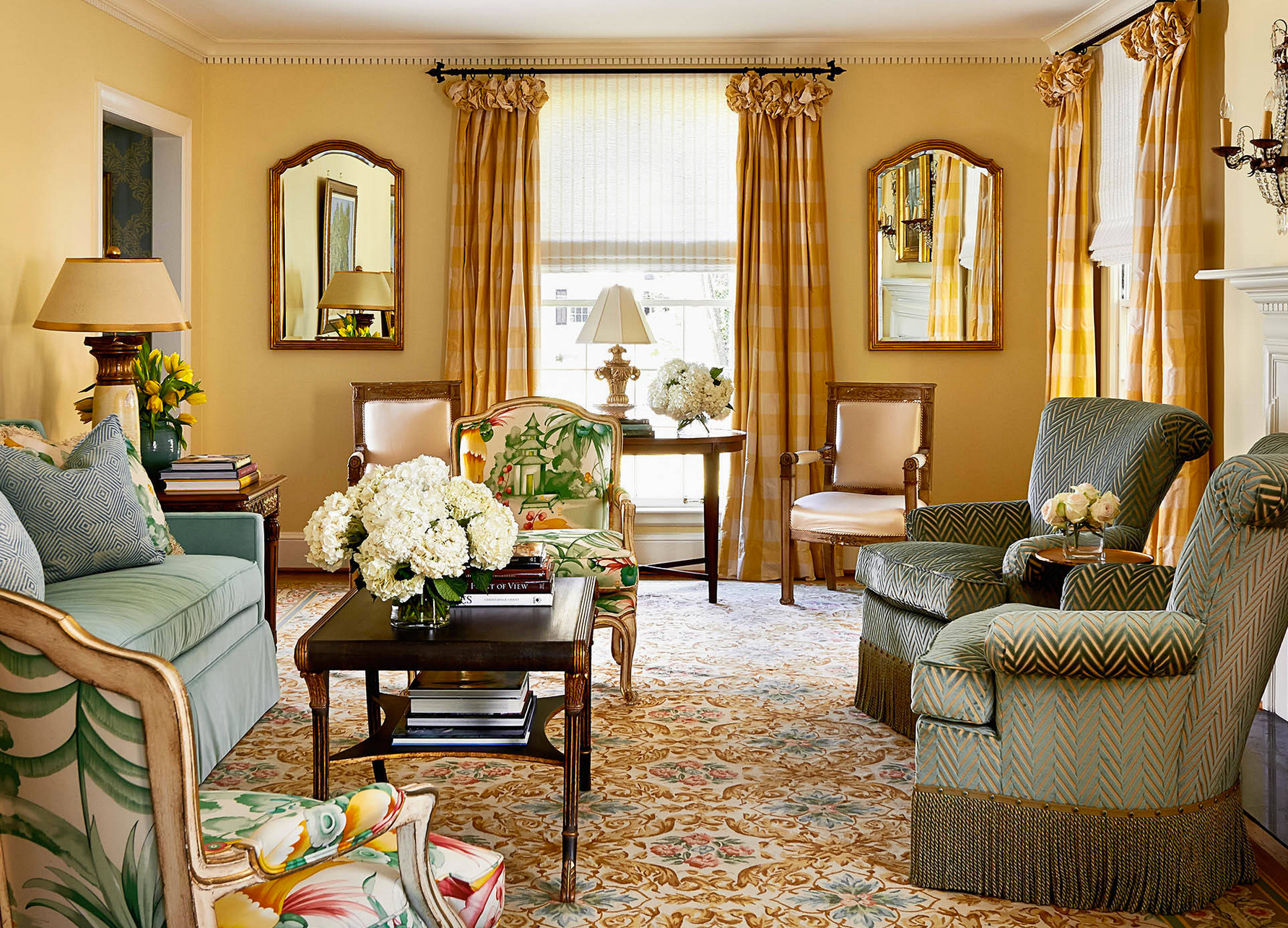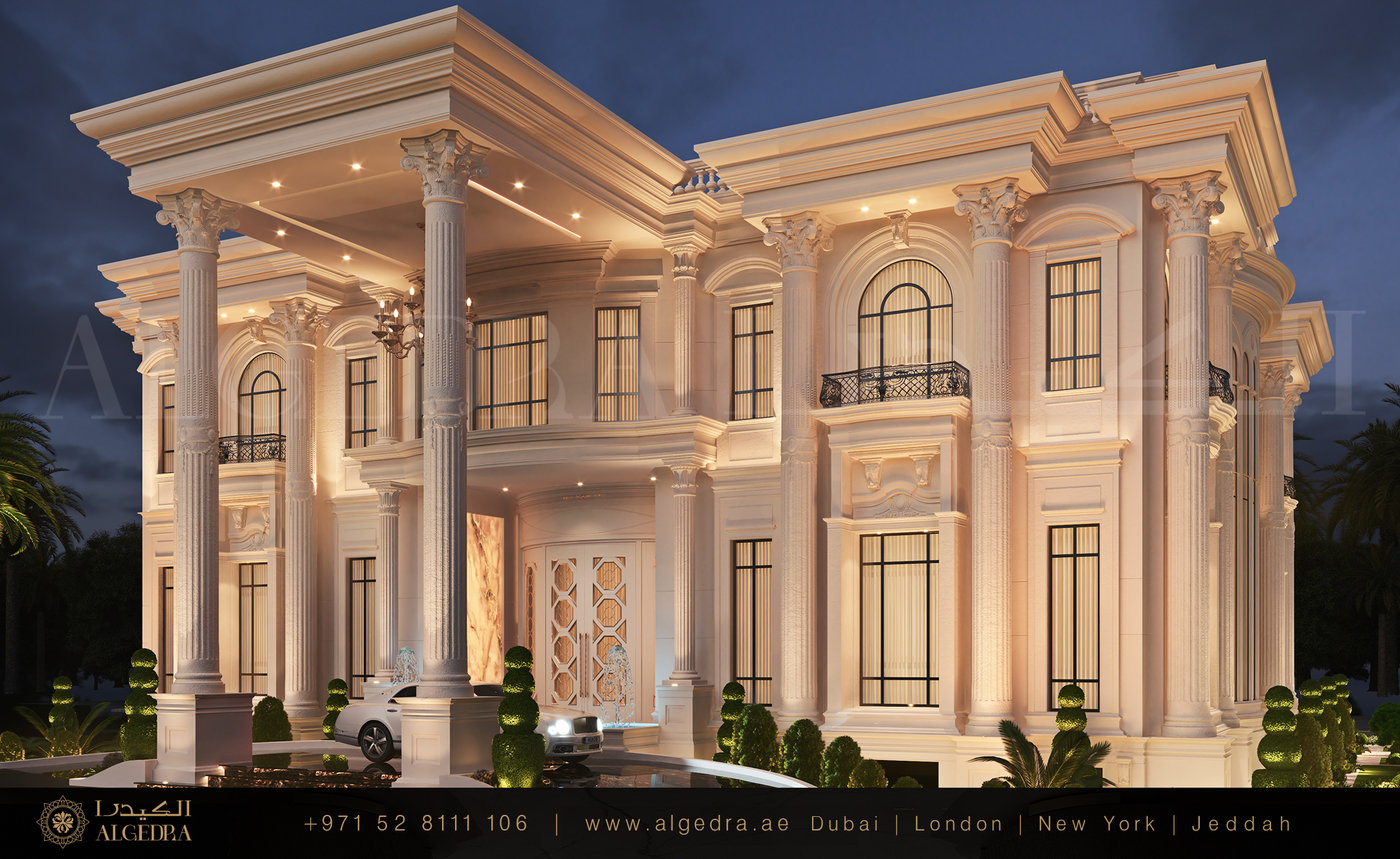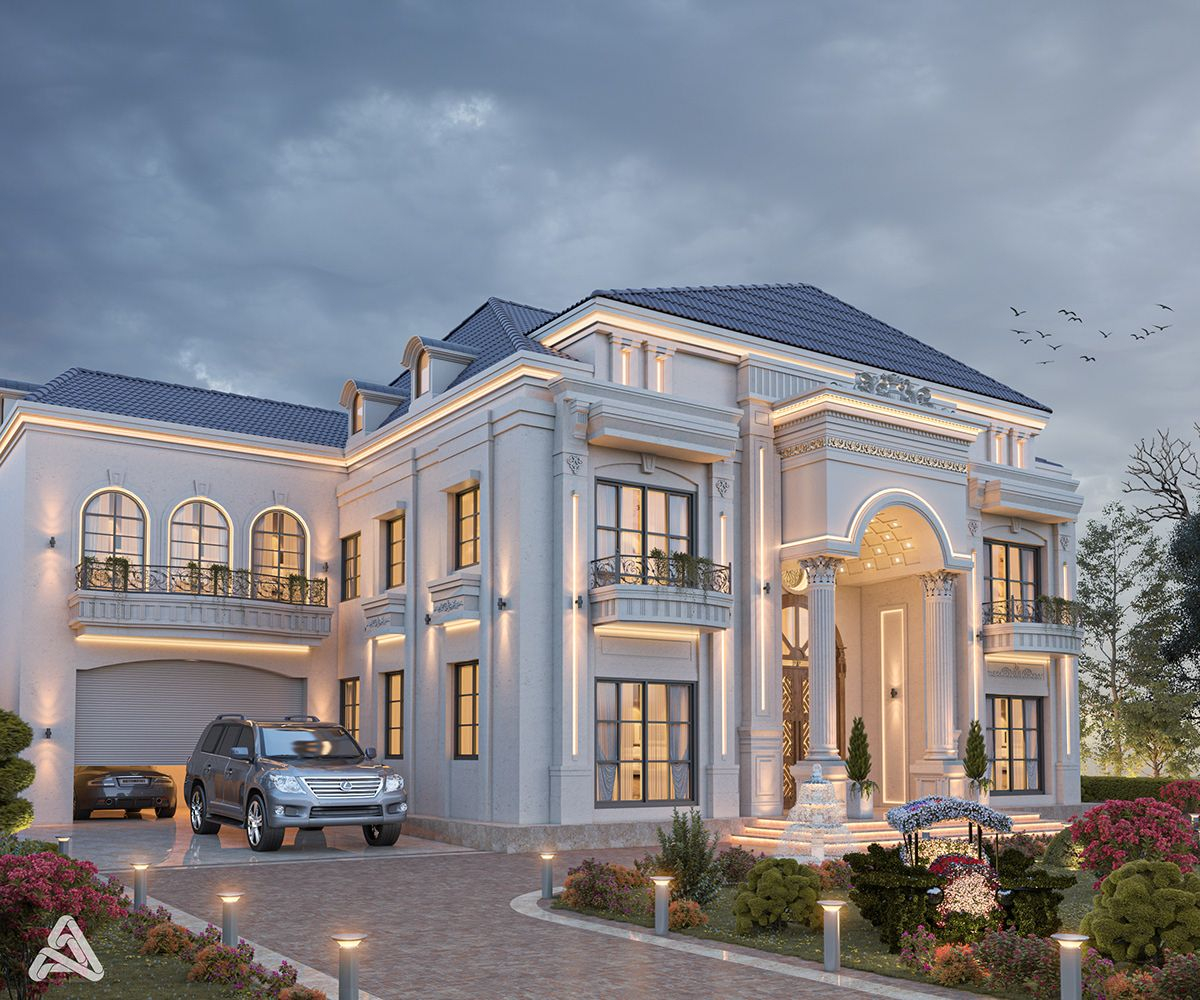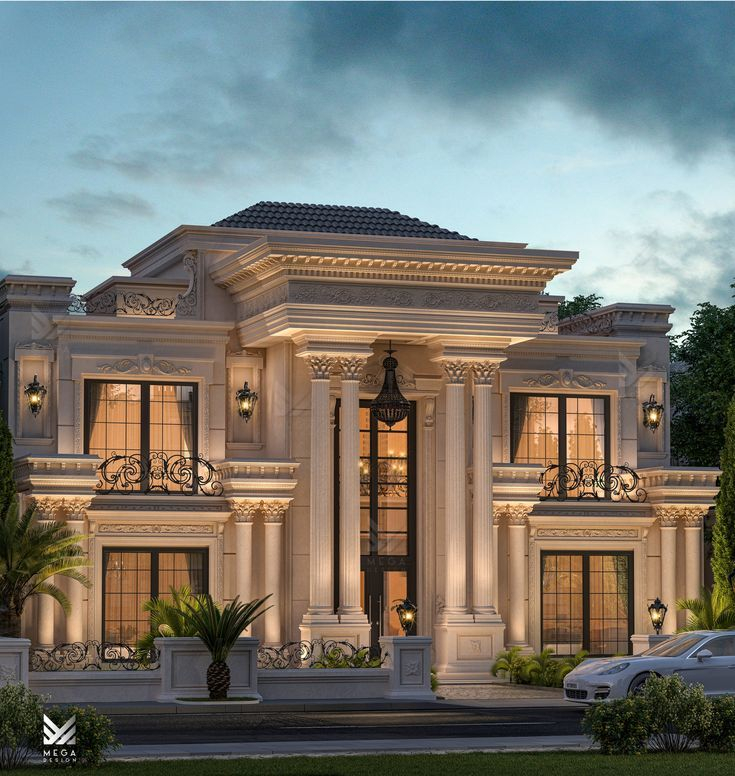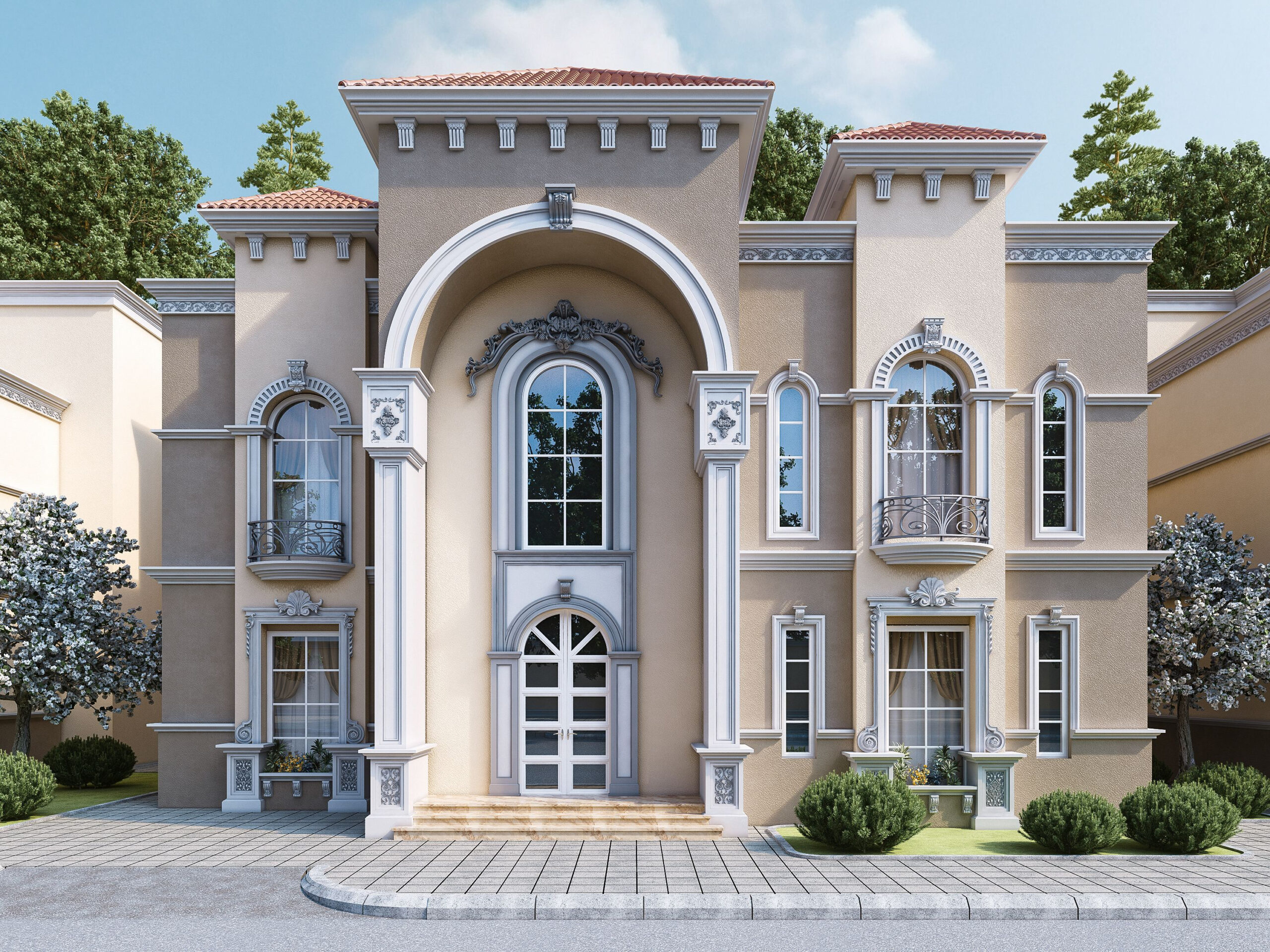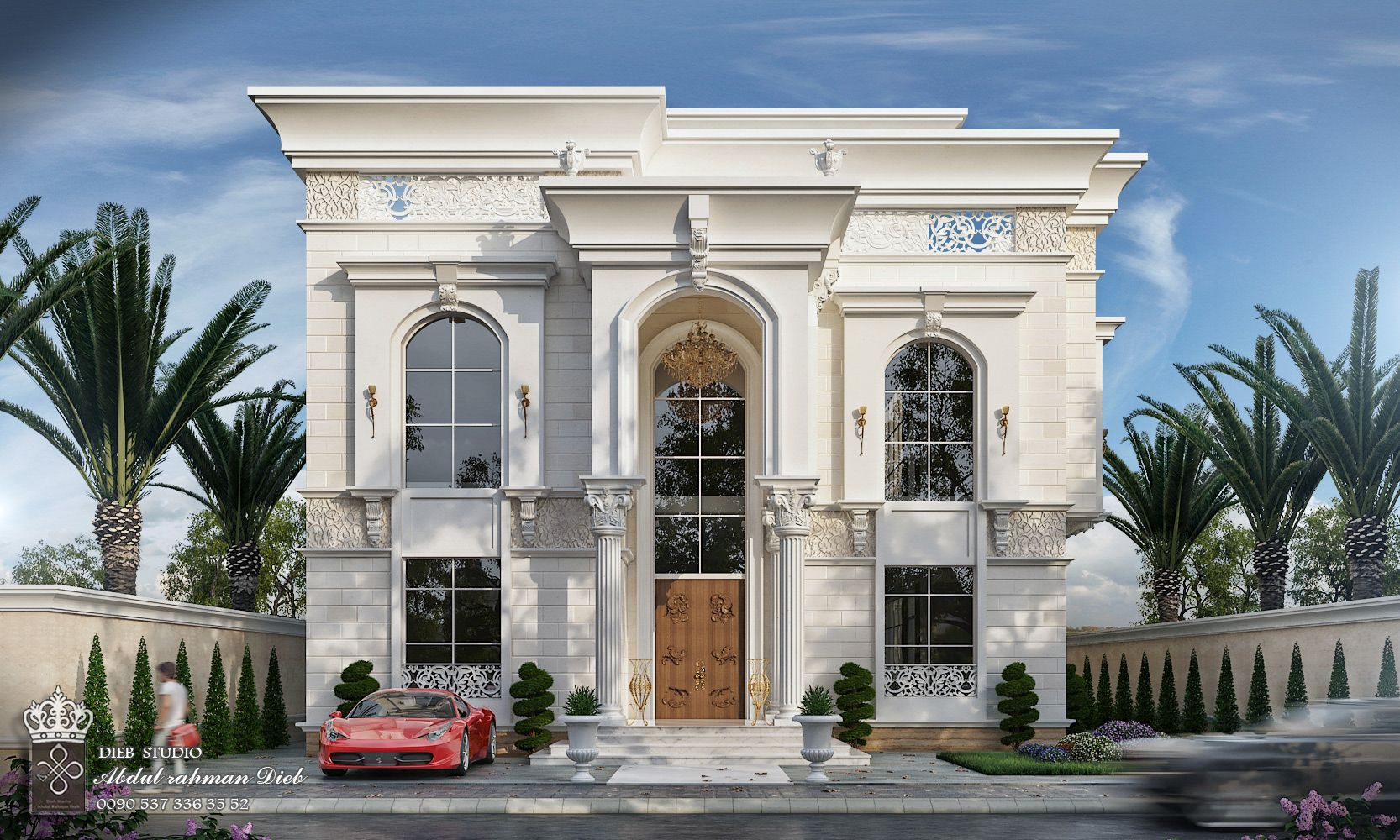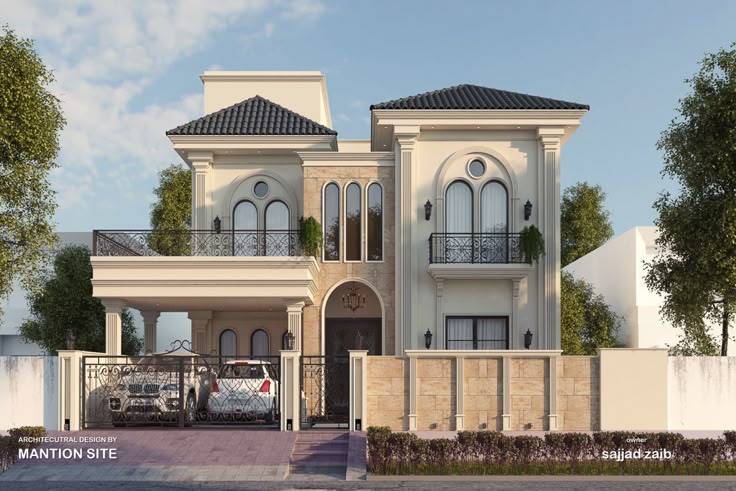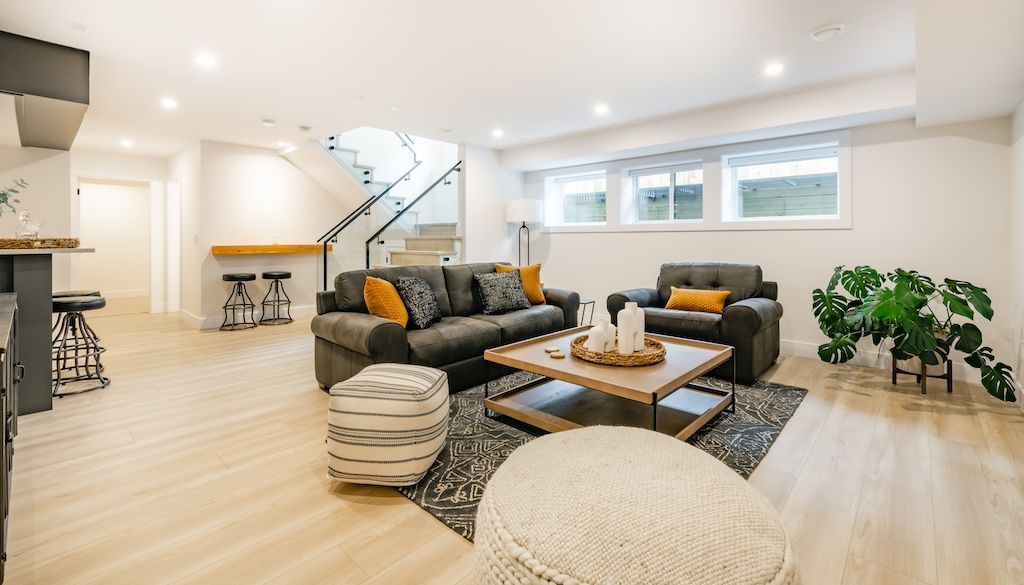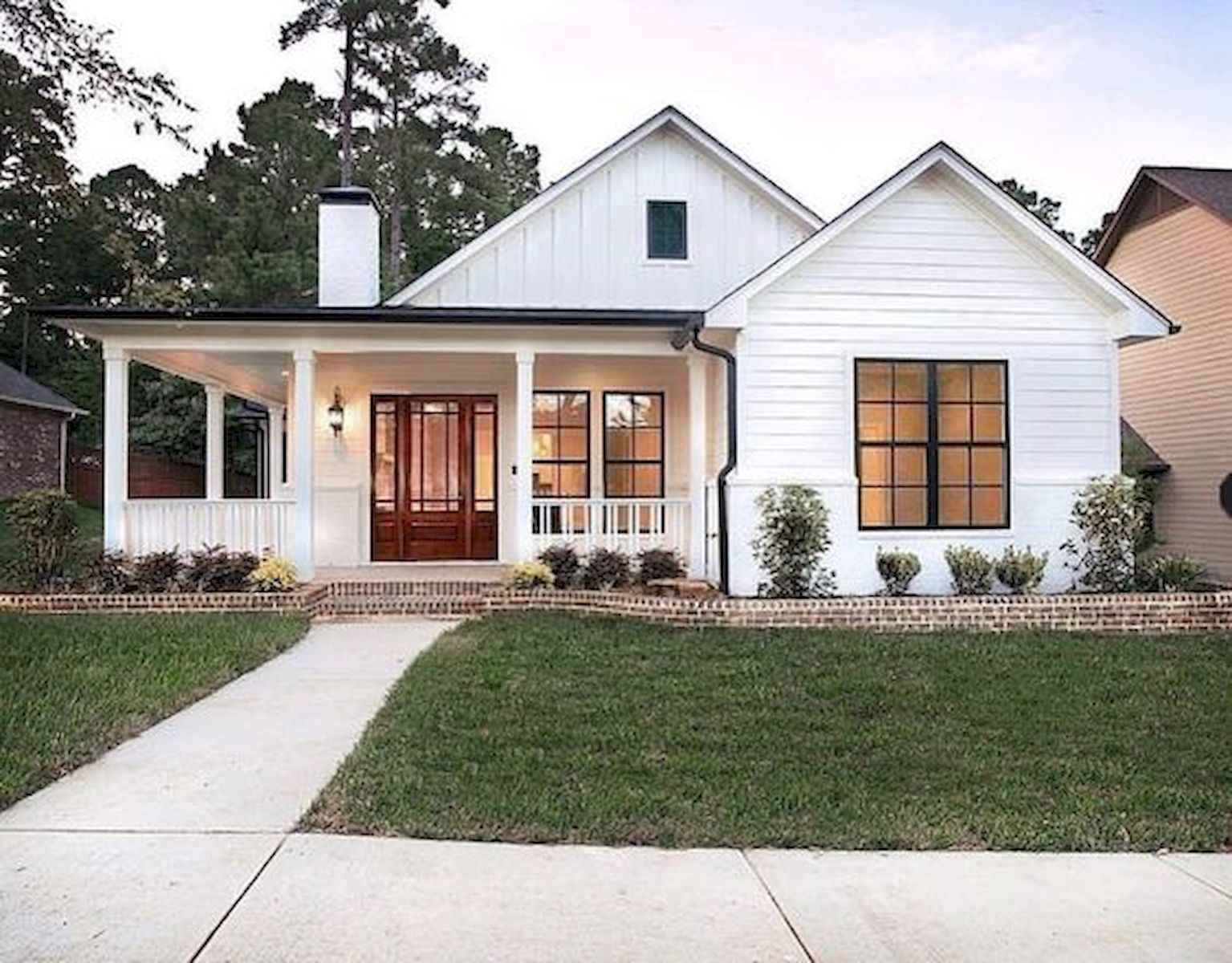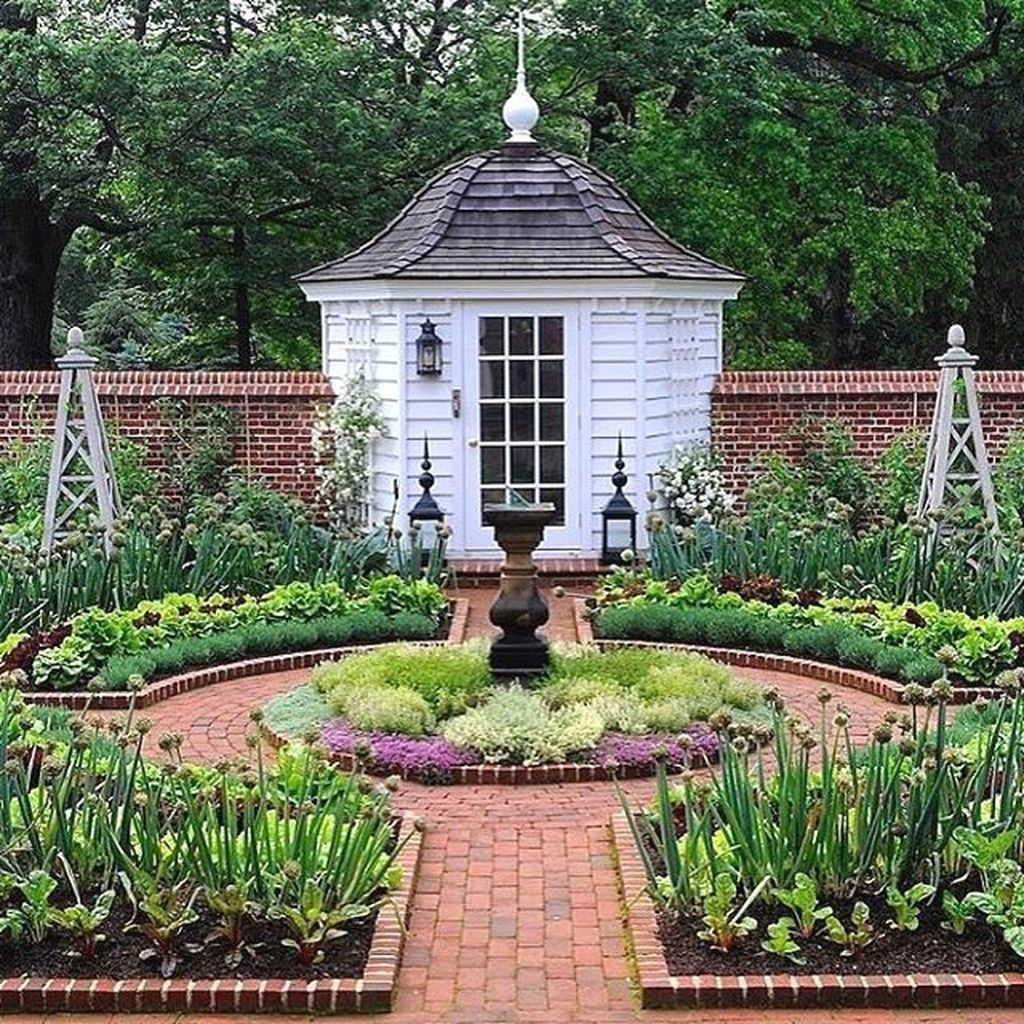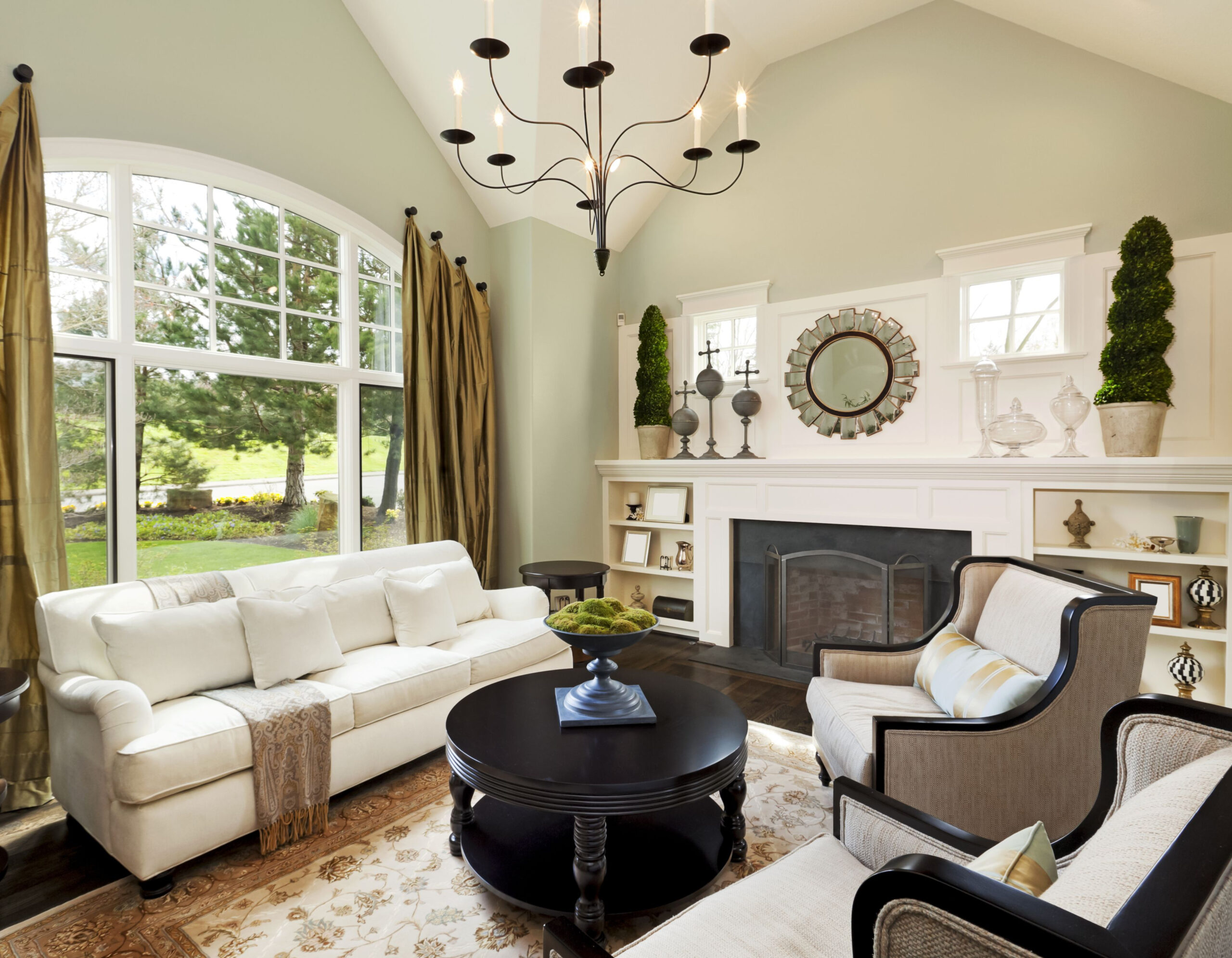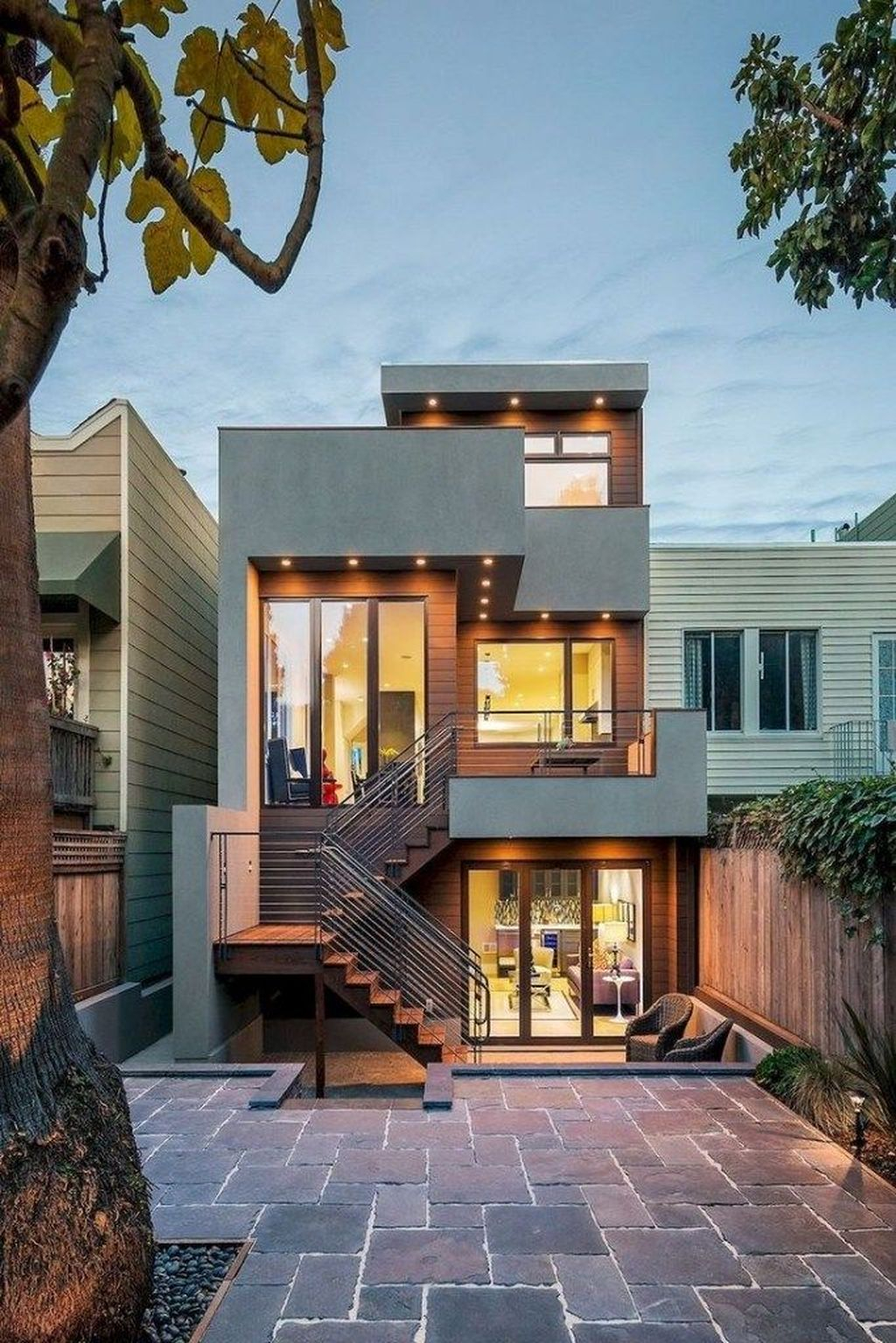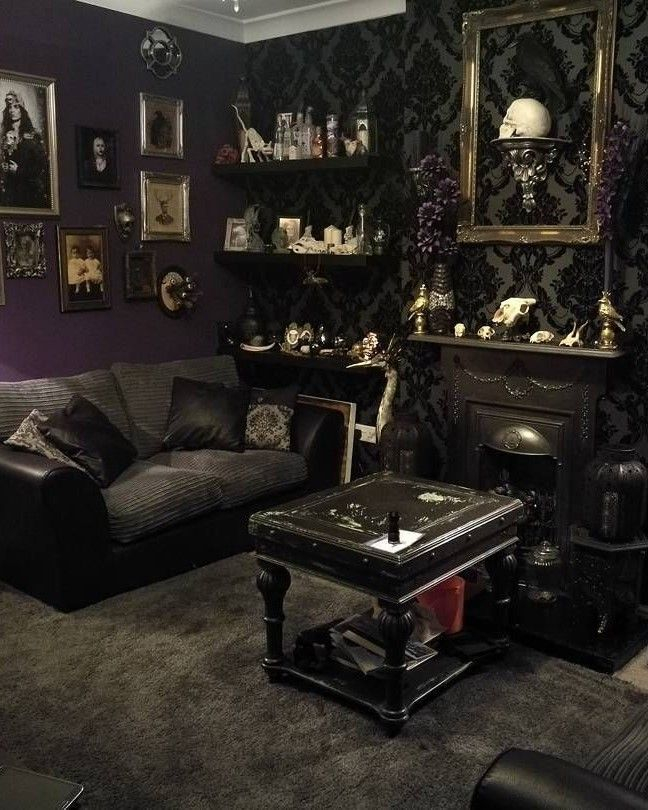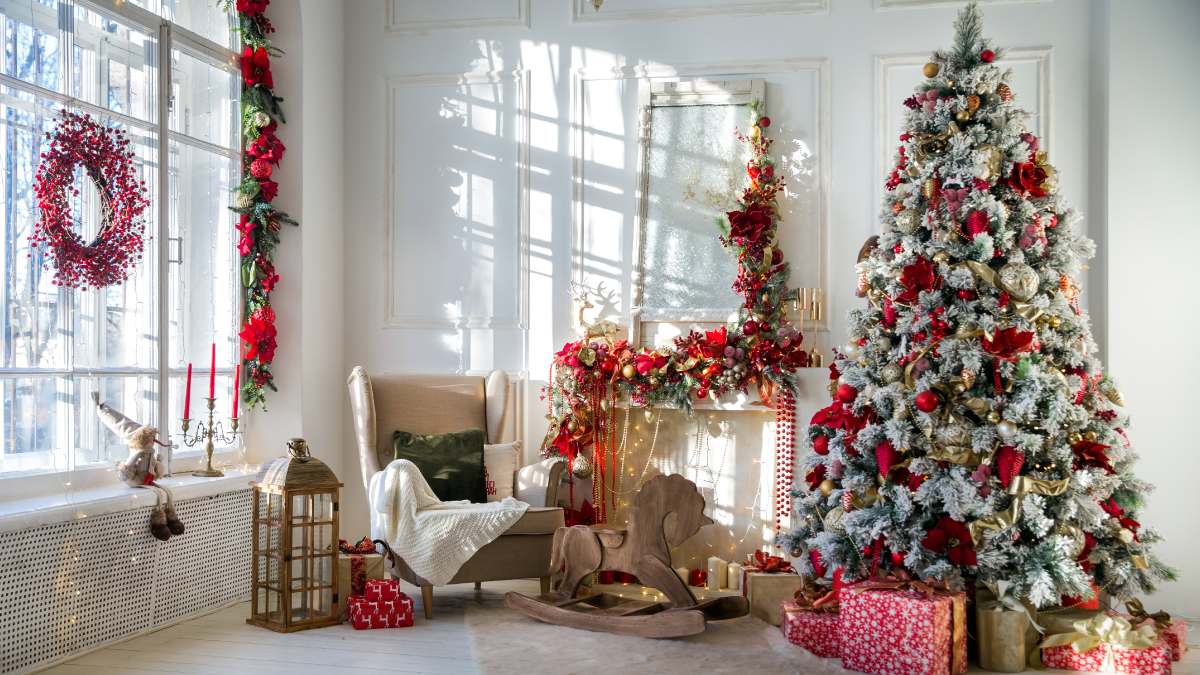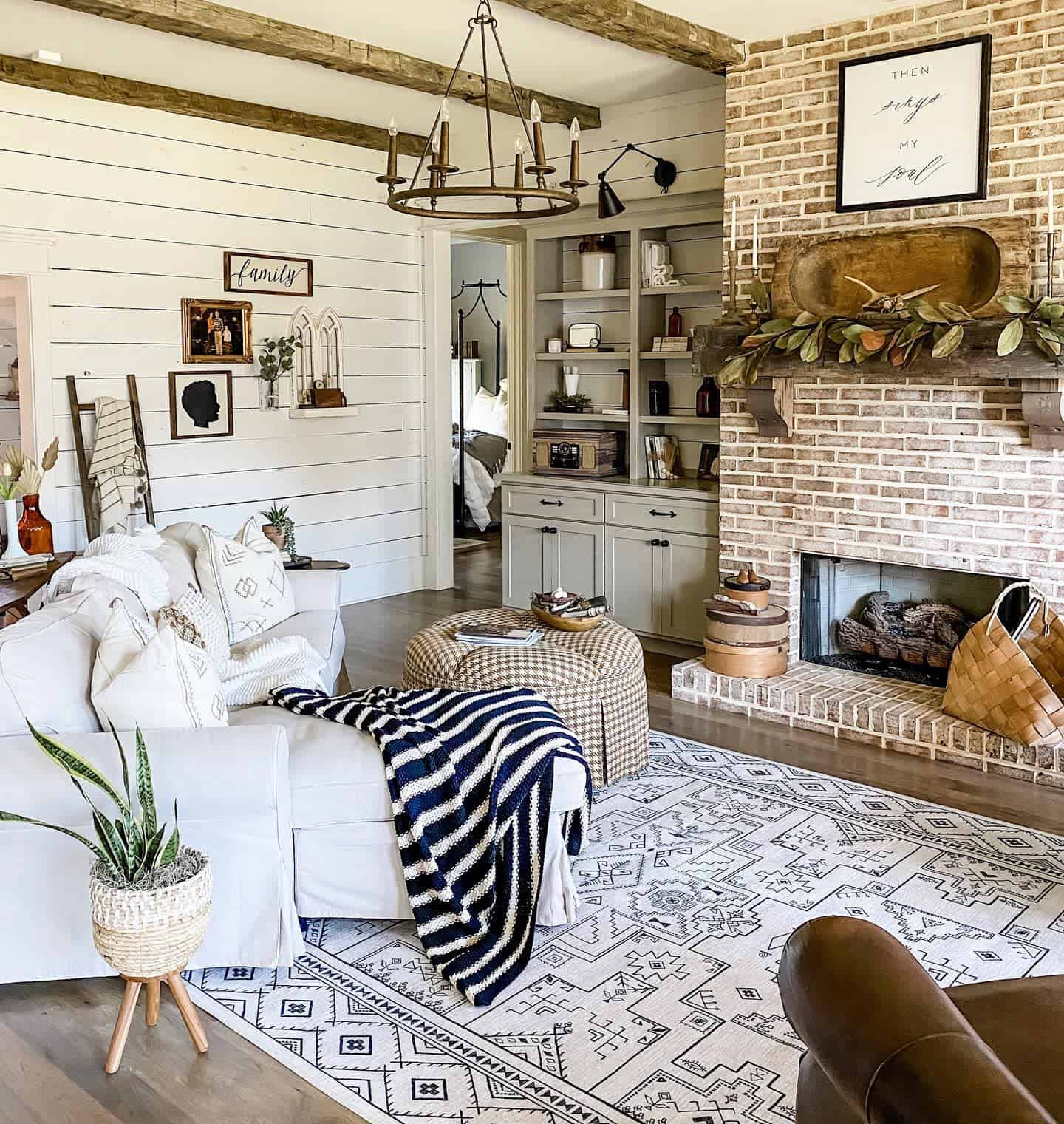In a world constantly chasing the next big thing, there’s a unique comfort and assurance found in what has already proven its worth. Classic home design isn’t about being old-fashioned; it’s about embracing principles that have resonated with people for generations. It’s about a deep understanding of proportion, balance, and enduring beauty. Let’s explore what makes these homes so special and why they continue to be sought after.
Think about the homes that genuinely make you pause and admire them. Chances are, they possess a certain quality, a sense of history and substance that transcends fleeting fads. This is the essence of classic home design. It’s not tied to a specific decade or a momentary trend; rather, it’s rooted in established architectural traditions and a deep appreciation for craftsmanship and harmony. These designs speak a universal language of beauty and order, making them feel as relevant today as they did centuries ago. They offer a sense of permanence in an ever-changing world, a reliable anchor for our lives.
The Foundation: Principles of Timelessness
What exactly makes a design ‘classic’? It boils down to a few core principles that have been refined over centuries. Think about proportion and balance. Classic homes often feature symmetrical facades, with elements carefully arranged to create a sense of equilibrium. The scale of windows, doors, and rooflines are all considered in relation to the whole structure. This isn’t just about aesthetics; it contributes to a feeling of stability and visual harmony. Another key aspect is quality of materials and craftsmanship. Historically, classic homes were built to last, utilizing durable natural materials like stone, brick, and solid wood. The attention to detail in joinery, molding, and finishing speaks to a dedication to enduring quality. Even in modern renovations, this emphasis on solid, well-made components is what defines a true classic.
A Look at Enduring Styles
When we talk about classic design, several architectural styles immediately come to mind. Consider the Georgian style, with its elegant symmetry, balanced proportions, and often understated ornamentation. Or the Federal style, which builds upon Georgian principles with a slightly lighter, more refined touch and often features oval motifs. Then there’s the Greek Revival and Neoclassical styles, drawing inspiration directly from ancient Greek and Roman architecture, emphasizing grandeur and order with columns and pediments. Even more vernacular styles like the Craftsman bungalow, with its emphasis on natural materials and handcrafted details, have a timeless quality that continues to appeal. Each of these styles, while distinct, shares that common thread of thoughtful design and lasting appeal.
The Psychology of Comfort and Familiarity
Why do these older styles continue to resonate so powerfully with us? It’s partly psychological. Humans are wired to appreciate order and predictability. The symmetry and balance found in classic design tap into our innate preference for harmony. There’s also a sense of familiarity and comfort. These are styles we’ve seen and experienced throughout our lives, often in idealized settings like movies or historical photographs. They evoke a sense of nostalgia and security, a feeling of being grounded. This psychological connection is a significant reason why classic homes feel so welcoming and reassuring, providing a sense of belonging and continuity.
Adaptability: The Secret to Longevity
One of the most remarkable aspects of classic home design is its inherent adaptability. While the core principles remain, these styles have proven remarkably capable of evolving with the times. Modern interpretations might streamline ornamentation, incorporate energy-efficient features, or blend elements from different classic styles. A Georgian facade might be paired with a more open-plan interior, or a Craftsman home could feature updated, sustainable materials. This ability to integrate contemporary needs and technologies without sacrificing the original aesthetic is crucial to their ongoing relevance. It’s this flexibility that prevents them from feeling like museum pieces and allows them to function beautifully as modern homes.
Beyond Aesthetics: Practical Advantages
It’s not just about how they look, either. Classic home designs often possess practical advantages that contribute to their enduring appeal. Think about the durability we mentioned earlier. Homes built with quality materials and solid construction techniques tend to stand the test of time, requiring less extensive renovation over the decades compared to some more contemporary construction methods. Their functional layouts, though sometimes adapted, were often designed with a clear understanding of how spaces were used. Furthermore, well-executed classic architecture can contribute to energy efficiency through thoughtful placement of windows, roof overhangs, and natural ventilation strategies. These practical considerations add another layer to their lasting value.
Investing in Timelessness
Choosing a home with classic design elements is often seen as a sound investment, not just financially, but in terms of lifestyle. While trends in decor can come and go, the underlying architectural integrity of a classic home provides a stable and beautiful backdrop that can be updated with furnishings and finishes as desired. It offers a foundation that supports both personal expression and enduring value. When you invest in a classic home, you’re investing in something that has a proven track record of desirability and resilience. It’s a choice that offers peace of mind and a connection to a rich architectural heritage.
So, why does classic home design stand the test of time? It’s a potent combination of adherence to fundamental design principles, quality craftsmanship, psychological resonance, and remarkable adaptability. These homes offer a sense of order, comfort, and enduring beauty that appeals to our deepest needs for stability and belonging. They are more than just buildings; they are statements of enduring quality and thoughtful living. In a world that’s always rushing forward, there’s a profound wisdom in appreciating and preserving the designs that have already shown us the way to lasting appeal and genuine livability. Classic design isn’t an absence of innovation; it’s an intelligent application of principles that have stood the trial of many years.

